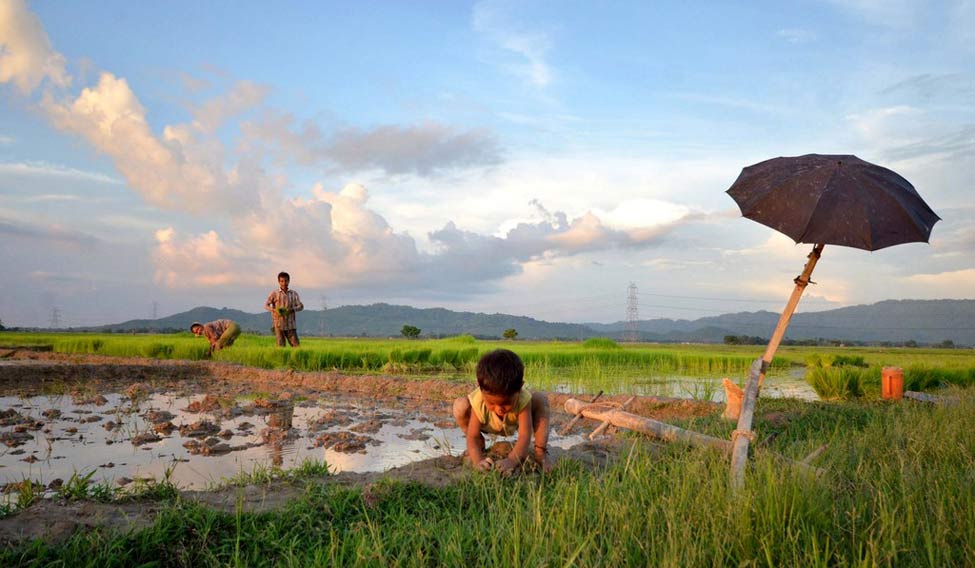The Indian Meteorological Department (IMD), the government's official weather forecaster and Skymet, a private weather forecasting service have differed by only one percentage on their prediction of the rainfall for this monsoon. But the terminology they used made a huge difference.
The IMD called its monsoon forecast near normal (which means between 96 to 104 per cent of the Long Period Average) while Skymet predicted it at 95 per cent, and dared to say below normal. Both forecasters say their models have an error margin of five per cent. The tentative prediction this time is because of the presence of a weak EL Nino, which may or may not get strong during the latter phase of the monsoon. The El Nino, a band of warm water over the Pacific, usually signals less monsoon rain. Another private forecaster, Weather Risk Management Services, too, forecast near normal, dipping towards the negative.
Language is important here, given how sensitive the matter of forecasting can be. In fact, within moments of the IMD's positive forecast, the buoyancy was evident. Two years of normal rain in succession is a good thing for any government in power. Though IMD initially forecast last year as excess rains, the actual precipitation was in the normal range, which was a happy situation. A second year of normal rain will give India a robust agricultural growth, reaping a record 272 million tonnes of foodgrain in 2016-17, said D.S. Rawat, general secretary of the business chamber ASSOCHAM. “This would have several positives for the economy, including modest inflation and vibrancy in the GDP,'' he said.
So even in years when the outlook is gloomy, the forecasters like to use positive language, stressing on how some systems could “pick up''. In those years, the IMD also gives details about the probability, however slim, of better monsoon performance.
We may like to believe that the rapid urbanisation of India should make its economy less monsoon dependent. The truth however is that even now, nearly 60 per cent of the employment in the country is through agriculture and its subsidiaries, and 18 per cent of the GDP is contributed by the agriculture sector. And within this important economic contributor, however, the sad truth is that even today, over 50 per cent of the fields are unirrigated, depending on rains. Given that 70 per cent of the rainfall in India is from the southwest monsoon, its importance cannot be stressed enough.
The rural market is an important one for consumer goods; half the motorcycles, for instance, are sold in rural areas. A bad rain year means slimmer wallets here, and the markets stagnate.
The ministry of water resources issues a regular bulletin of the storage status in 91 major reservoirs across the country, and as of April 20, the most recent bulletin, these reservoirs are at 29 per cent of their capacity. It's a good situation, better than last year in some cases, but as summer progresses, the levels dip and unless the monsoon comes on time and gives enough water, one can imagine the crisis. At least 30 of these reservoirs also generate hydro electricity, and as water levels dip, power production is also affected. India has a total storage capacity of 253.388 billion cubic metres of water.
Apart from the Himalayan rivers, which are perennial, fed by both rain and snow, the peninsular rivers are rain fed. Even the largest non Himalayan river system, the Godavari, begins running dry at the peak of summer.
Recharging the ground water, rain water harvesting and drip irrigation are all urgent and important ways of maximising available water, but the truth is that for India, the monsoon will always remain the life giver. Other sources of precipitation, western disturbances for instance, do not bring enough rain, and don't distribute it with the same regularity, either.
This article is the final part of a series on monsoon in India. Read previous articles below





